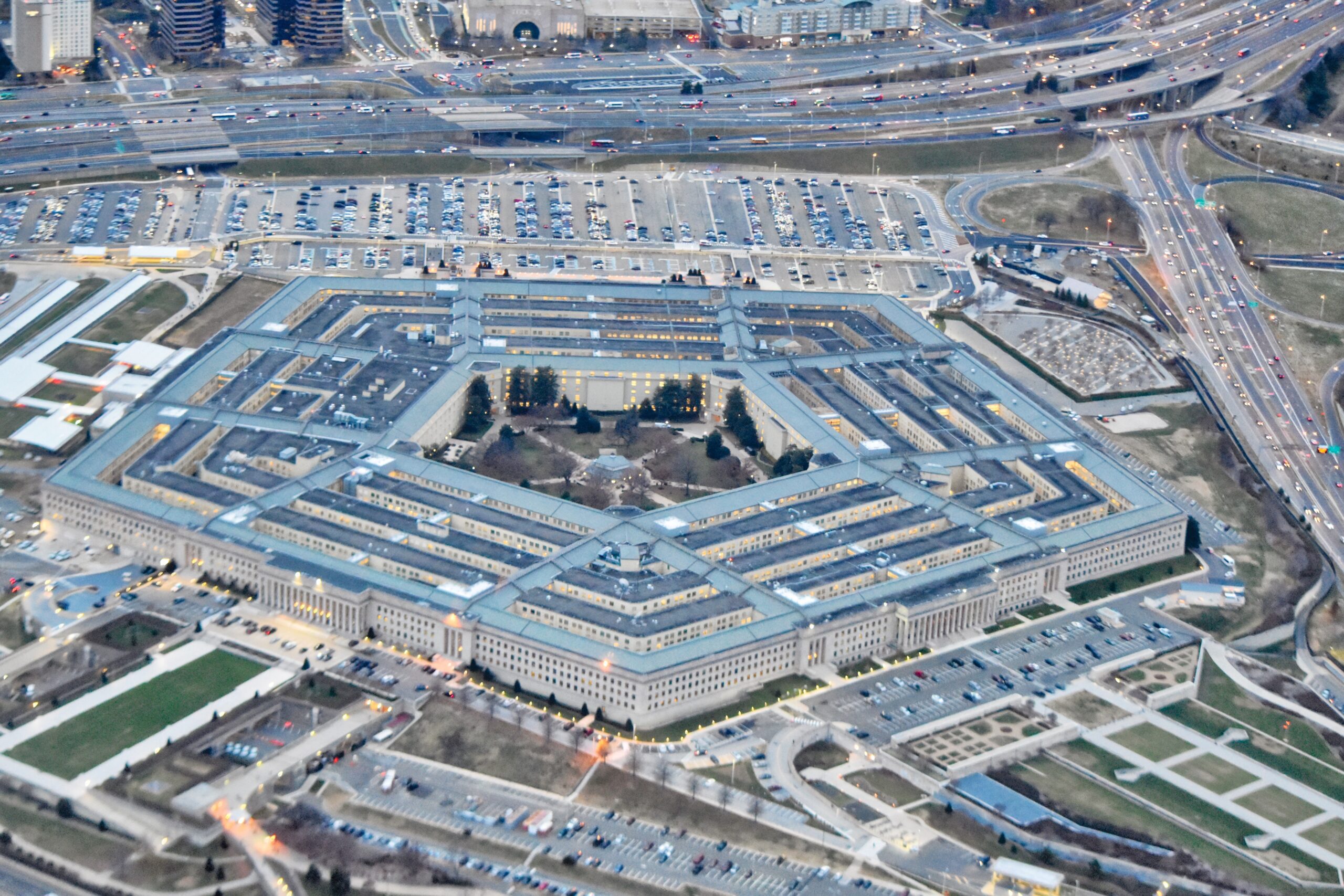The U.S. Department of Defense is embarking on a groundbreaking initiative, Replicator, with the aim of deploying a multitude of affordable, AI-enabled autonomous vehicles by 2026. This initiative, introduced by Deputy Secretary of Defense Kathleen Hicks, seeks to address the perceived sluggishness in U.S. military innovation and propel the adoption of small, smart, and economical platforms.
The Need for Innovation:
The backdrop of Replicator is the competitive landscape with China, where advancements in artificial intelligence and autonomous systems have been rapidly progressing. To maintain strategic superiority, the Pentagon recognizes the necessity of embracing cutting-edge technologies and shifting towards innovative, autonomous solutions.
Autonomous Systems in Special Operations:
The article highlights instances where artificial intelligence has already played a crucial role in military operations. AI has been employed in piloting surveillance drones in special operations missions and assisting Ukraine in its conflict with Russia. Its applications range from tracking soldiers’ fitness to predicting maintenance needs for Air Force planes and monitoring activities in space.
Replicator’s Objectives:
Deputy Secretary Hicks emphasized that Replicator aims to galvanize progress in the adoption of small, smart, and cost-effective military platforms. While the details and funding of Replicator remain uncertain, the initiative is expected to expedite decisions on the deployment of AI technology, including weaponized systems.

The Rise of Autonomous Lethal Weapons
Unavoidable Advancements:
The article asserts that there is little dispute among experts that the U.S. military will possess fully autonomous lethal weapons in the next few years. Despite assurances that humans will always be in control, the rapid progress in data-processing speed and machine-to-machine communication raises concerns that humans may assume more supervisory roles, especially with the deployment of lethal drone swarms.
Global Perspectives on Military AI:
The global race for military AI dominance is underscored by the development of lethal weapons systems. While the U.S. is actively pursuing AI innovations, other major players like China, Russia, Iran, India, and Pakistan have not committed to using military AI responsibly. This raises ethical considerations regarding the deployment of autonomous lethal weapons on the battlefield.
Paradigm Shifts in Warfare:
Replicator serves as a representation of the challenges faced by the Pentagon in adapting to the technological paradigm shifts brought about by AI. The article suggests that the Department of Defense is grappling with incorporating AI developments and leveraging machine learning breakthroughs to enhance military capabilities.
AI Applications Across Military Domains
Space as a Frontier:
AI-assisted tools are making significant strides in tracking potential threats in space, the latest frontier in military competition. China’s vision of using AI on satellites to make decisions on adversaries is noted, and the U.S. is actively working on operational prototypes like Machina to autonomously monitor objects in space.
Predictive Powers in Maintenance:
The predictive capabilities of AI are highlighted in the maintenance of the Air Force’s fleet. Machine-learning models anticipate maintenance needs for various aircraft, identifying potential failures well in advance. This application extends to modeling missile trajectories and identifying insider threats, showcasing the versatility of AI in military operations.
AI’s Role in Human Health:
Beyond warfare, AI is contributing to health-related efforts within the military. The article mentions a pilot project using AI to track the fitness of the Army’s Third Infantry Division, emphasizing the potential of predictive modeling and AI to reduce injuries and enhance performance.
AI Assistance in Conflicts:
In Ukraine, AI provided by the Pentagon and NATO allies is actively countering Russian aggression. Data from satellites, drones, and various sources are aggregated using AI, assisting in intelligence sharing and logistics coordination. The military applications of AI extend beyond traditional warfare to include information gathering and strategic planning.

Challenges and Future Considerations
Joint All-Domain Command and Control:
To navigate the complexities of modern warfare, the Pentagon is prioritizing the development of intertwined battle networks known as Joint All-Domain Command and Control. This initiative aims to automate the processing of diverse data types across armed services, reflecting the ongoing effort to connect combatants more efficiently.
Human-Machine Teaming:
The concept of human-machine teaming is introduced, where uncrewed air and sea vehicles are employed to keep tabs on potential threats. Companies like Anduril and Shield AI are developing technologies for autonomous drones, showcasing the industry’s contribution to military innovations.
The Challenge of Autonomy:
The article acknowledges the challenges associated with achieving full autonomy, with the Pentagon’s current chief digital and AI officer emphasizing the importance of a responsible agent understanding system limitations. Concerns include the reliability of AI in decision-making, potential malfunctions, and ethical considerations regarding autonomous weapons.
Conclusion
The Replicator initiative encapsulates the U.S. military’s ambitious push toward integrating AI-enabled autonomous vehicles into its arsenal by 2026. While the details remain vague, the program reflects the urgent need to embrace AI innovations and adapt to the evolving nature of warfare. As the Pentagon grapples with technological challenges and ethical considerations, the global landscape is witnessing a race for military AI dominance, raising questions about responsible deployment and international cooperation in the era of autonomous warfare.
